Margaret Bergson, a wise, old woman knows trouble is coming, a trouble called the Corruption. A brave swordsman called John ventures out into the wild to see how far the Corruption has spread and what the damage is.
Suddenly, a young woman with a bow steps forward from the trees and offers her assistance. There’s something interesting about her. No, she isn’t an elf. She’s not even supernatural to any extraordinary extent.
She’s Linda Bergson, John’s daughter and Margaret’s granddaughter.
Children of Morta takes fantasy tropes we’re familiar with, like the world approaching the edge of doom and the special chosen ones who can stop it, and transforms it all into a much more personal affair by making it a family story.
It’s the story of the Bergsons — John, Kevin, Mark, Linda, Uncle Ben, and the whole lot — before it’s the story of their diseased land, the darkness on Mount Morta, and the divine Rea who charged them with protecting it.
Their ancestral home is the game’s hub, their worries and hopes fill the downtime between dungeon dives, and their collective strength is what gives them half a chance at saving the world more than the special powers gifted them by Celestial Shards.
But Children of Morta isn’t a virtual novel. First and foremost, it’s a tough, roguelike RPG — and an excellent one at that.
Fight for Your Life
The Bergson’s goal is to stem the Corruption flowing down from Mount Morta, and to do that, they need the power of three spirits from around the land. There’s a handy divine relic in their basement that lets them travel to these three areas and pulls them back home when on the brink of death.
Three main areas might not seem like much, but each consists of multiple stages, which, in turn, have at least two or more main areas to venture through.
Being a roguelike, Children of Morta‘s dungeons are different every time you venture through them. You don’t necessarily have any sort of fast travel option either, so if you die on the second part of a three-part dungeon, you start back at the beginning. That being said, once you fully clear an area — for instance, the initial spider caverns — you don’t have to get through it again to move on to the next.
You won’t clear even the early stages in a hurry either. There are some small puzzles and the usual traps to avoid — or to trigger accidentally, die, then avoid them next time through — but the biggest challenges facing you in Children of Morta are the enemy mobs.
The game’s combat is simple, but involved. Each Bergson has a standard attack, a special ability like John’s shield, and then a special attack.
Throughout your explorations, you’ll also find various Charms and Runes that expand your abilities in one form or another, but they don’t carry over if you die. Charms buff stats like movement speed, while Relics provide powerful spells or sub-attacks to help keep you alive. However, you can only have one active Charm and one active Relic at a time.
Combat is easy to get used to, and while the default button mapping is perfectly comfortable and intuitive, you can change it to suit your needs should you wish. Your specific Bergson faces whatever way the cursor is pointing, and you just press whatever your attack button is to attack.
It might sound a bit too simple on paper, but things rapidly heat up, and you’re more often than not in a fight for your life against hordes of enemies, using every trick available to you.
Having said that, the game never feels unfair, and it certainly seems better balanced than when we tried the demo a few months ago.
Then, mobs would reappear after the screen transitioned, their damage output felt just a tad too high, and health restoring potions were a rarity. Dying multiple times just during the opening scenes wasn’t uncommon.
That’s not the case now, though. It’s hard to tell whether mobs have been reduced slightly, but they don’t re-spawn when you turn around at least, and damage given and received seems much better balanced.
Health potions don’t exactly abound, but they are more common than before, either through scavenging animal carcasses (like you do) or by finding them in special chests.
There are some instances where enemies weasel their way into a kind of sweet spot, where your attacks can’t hit them, but you also can’t move away, though this doesn’t happen too often.
Co-op play would definitely help make the experience easier, especially depending on which Bergson you choose. Some, like Linda, are much more difficult to use effectively without a partner to back you up, just because they lack defensive capabilities or can’t handle multiple enemies at once.
On the whole, though, the challenge is finely tuned, and it’s worth playing as every Bergson at least once, since their varying playstyles make it almost like playing a completely different game.
Still, balanced as it is, you should expect to (almost) die. Frequently. But that’s also sort of the point.
Home Life
Every time your Bergson falls in battle, you get yanked back to the family home thanks to the handy Celestial Shard you keep with you. This is where you can take a breather, tweak your character setup, and check out what the rest of the family is doing.
There’s always something new to see when you’re back at home, too, such as a pre-scripted scene about one of the Bergsons or new dialogue based on what everyone’s doing. This is what advances part of the Bergsons’ story as well, so it’s actually worth dying.
For example, fairly early on, we get a glimpse at the younger son Kevin and what motivates him. A bit later, that turns into a new scene where Uncle Ben teaches him how to fight, and then a bit later on from that, Kevin becomes a new playable character.
It’s a smart way to break up the potential monotony and frustration of roguelikes and gives purpose to every action you take.
There’s a story to tell outside the main one as well, and you miss it if you don’t actively look for it. Each Bergson busies themselves with an activity or ponders over their worries while you’re away.
Linda plays her violin to relax, but Kevin gets annoyed with it from time to time. The youngest Bergson isn’t completely aware of what’s going on, but possesses as much insight as Grandma Margaret. Not everyone’s happy about Kevin learning to fight, and things get tense for a while. In short, it’s family life, with all its ups and downs, warm moments, and sharp annoyances.
All this adds a unique air to the adventure itself as well, in an untold story that plays out as you forge ahead. In between scripted events and home breaks, you do a lot of fighting and exploring — a lot. Many games, especially roguelikes and dungeon crawlers, have a distinct separation between the action and narrative. But Children of Morta‘s emphasis on the Bergsons’ personalities at home carries over into the various dungeon areas you explore.
Gearing Up
The other thing you do back at Bergson HQ is fine-tune your equipment and skills. Your Bergson gains skill points for every new level attained, and each playable family member has a unique and expansive skill tree.
You can technically tamper with the tree while out in the field, but it’s a lot easier to just do it back at home without as many distractions. Either way, you can’t upgrade the Bergsons except back at home.
Uncle Ben uses his magical forge to improve armor, weapon strength, agility, and a host of other important attributes — for a price. Yes, your uncle makes you pay so he’ll help you survive (we did say it was a fairly realistic portrayal of family).
Figuring out which abilities to upgrade provides a slight element of strategy, one that changes depending on your playstyle. Whatever ability you upgrade provides a noticeable difference, whether its extra health, a stronger weapon, or a nifty new sub-ability for one of the Bergson’s unique traits.
The loop of explore, fight, die, get better gear, try again often gets old very fast, but the tangible sense of progress you get from your upgrades keeps it compelling throughout the Bergsons’ trials.
Pretty Pixels
It’s impossible to talk about Children of Morta without bringing up its visuals, which are fantastic. The game uses what looks like simple 2D pixel art, but it’s incredibly dynamic and expressive, thanks in part to the use of real lighting as a complement.
Fire glows warm and bright, light flickers and changes, and your Corrupted foes have a bizarre shifting effect to their purple auras that enhances the sense of otherworldly danger.
The Bergsons themselves might not have photo-realistic faces, but their movements and general designs probably do more than high-def graphics could anyway. From John’s sturdy build, to Grandma Margaret’s slight stoop, to the simple animation of Linda playing her violin on the bed with her legs crossed, these pixel characters exude personality and individuality.
A personal favorite is the dollhouse effect that happens every time you go back to the Bergson’s home. The house opens up from the outside, and you get an overhead view of each room and what everyone’s doing. It’s something you see a lot, but it never gets old.
The environments are detailed and interesting as well. You don’t necessarily see this right away, though; the opening stages in the silk caverns and some of the others are rather bland and repetitive. But that changes the further you progress in the game, with each area having a distinct and interesting appearance.
Put short, it’s a joy to look at and a testament to the flexibility and potential of pixel art in the right hands.
The audio isn’t quite as noteworthy. There’s a definite lack of soundtrack in most places, and the combat noises each character makes get stale rather quickly. However, you probably won’t really notice these things, since combat requires a good deal of focus.
There is voiceover in the form of narration, though, and it’s quite frequent and quite good. The reader’s voice is laced with gravitas perfectly suited for the game’s atmosphere, and though it sometimes strays into the melodramatic, you can’t get good fantasy without melodrama thrown in at some point anyway.
Pros:
- Well-balanced combat
- Tons of replay value
- Each Bergson feels and plays unique
- Strong implementation of the family element for a distinct identity
- Satisfying gameplay loop
- Gorgeous art style
Cons:
- More challenging for solo players
- Could use a better soundtrack
- A few dungeon areas seem repetitive
In a sea of roguelikes, it’s difficult for a title to stand out. But Children of Morta manages to hold its own in a variety of ways, from the family element to its excellent art direction. It’s tough, but it’s immensely satisfying to slowly build up your family of warriors and push through each challenge.
If you’re looking for an indie roguelike or RPG, Children of Morta is definitely worth checking out. If you’re looking for both, it’s a must-play game.
[Note: A copy of Children of Morta was provided by Dead Mage Studios for the purpose of this review.]

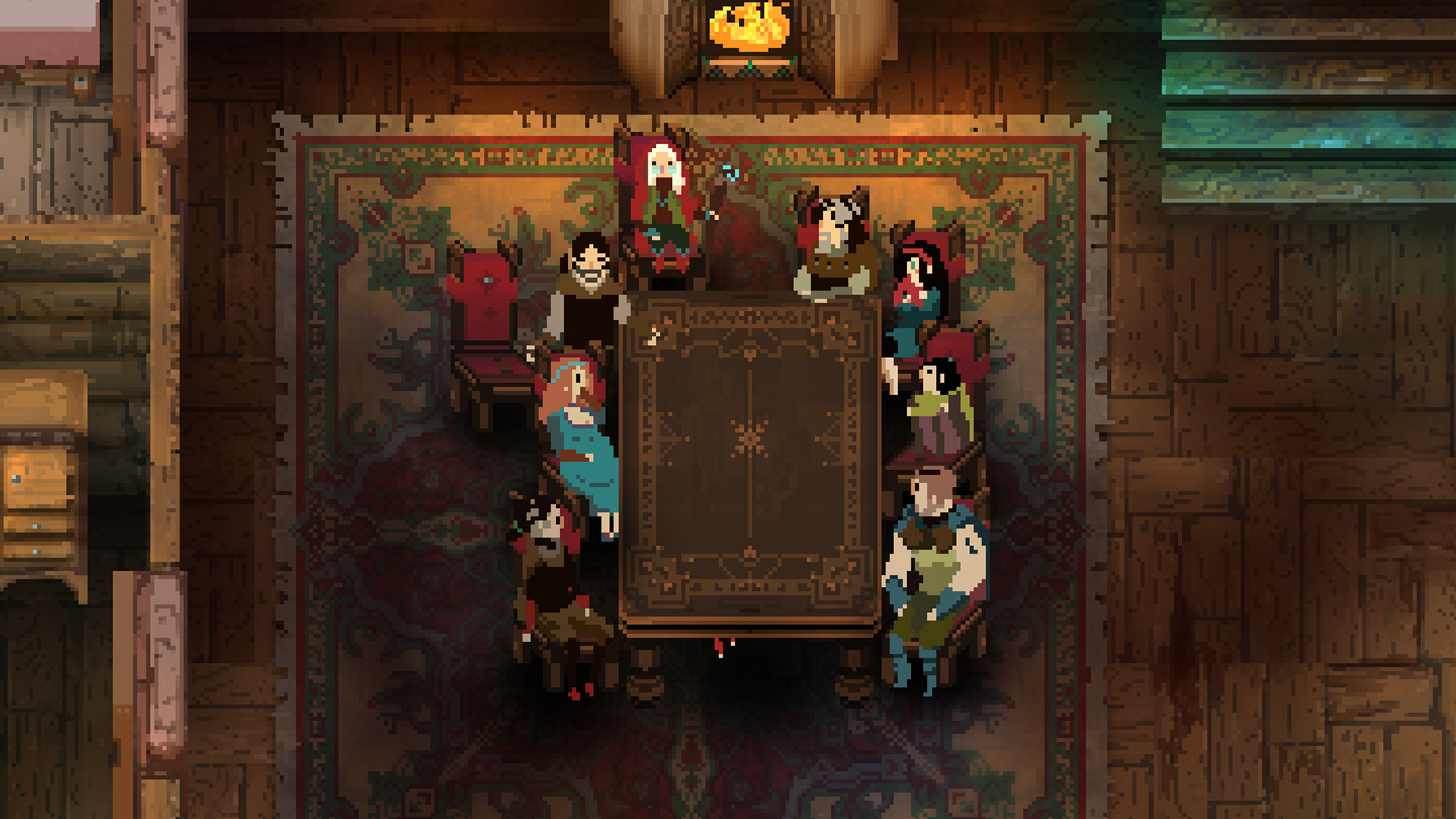
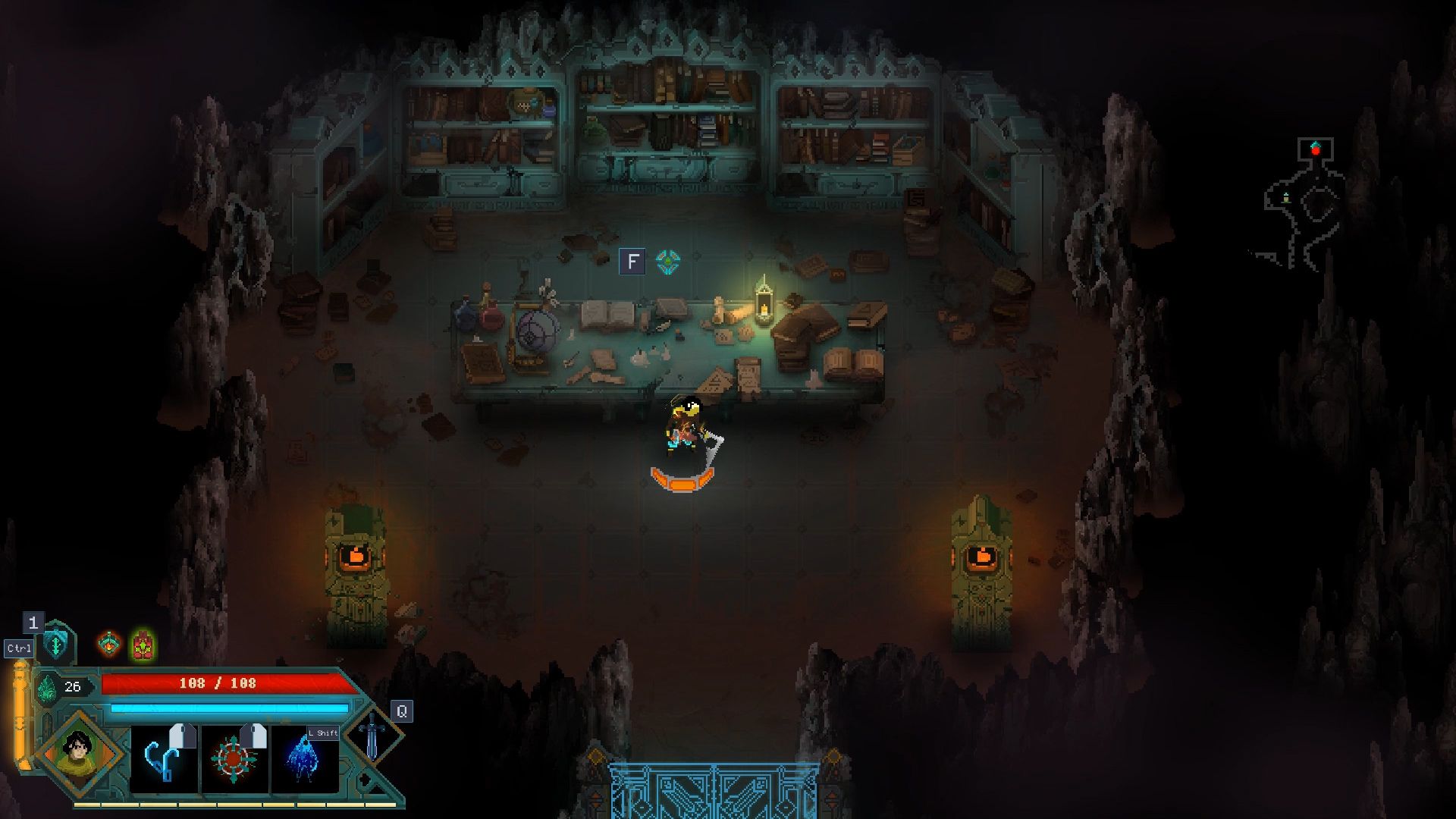
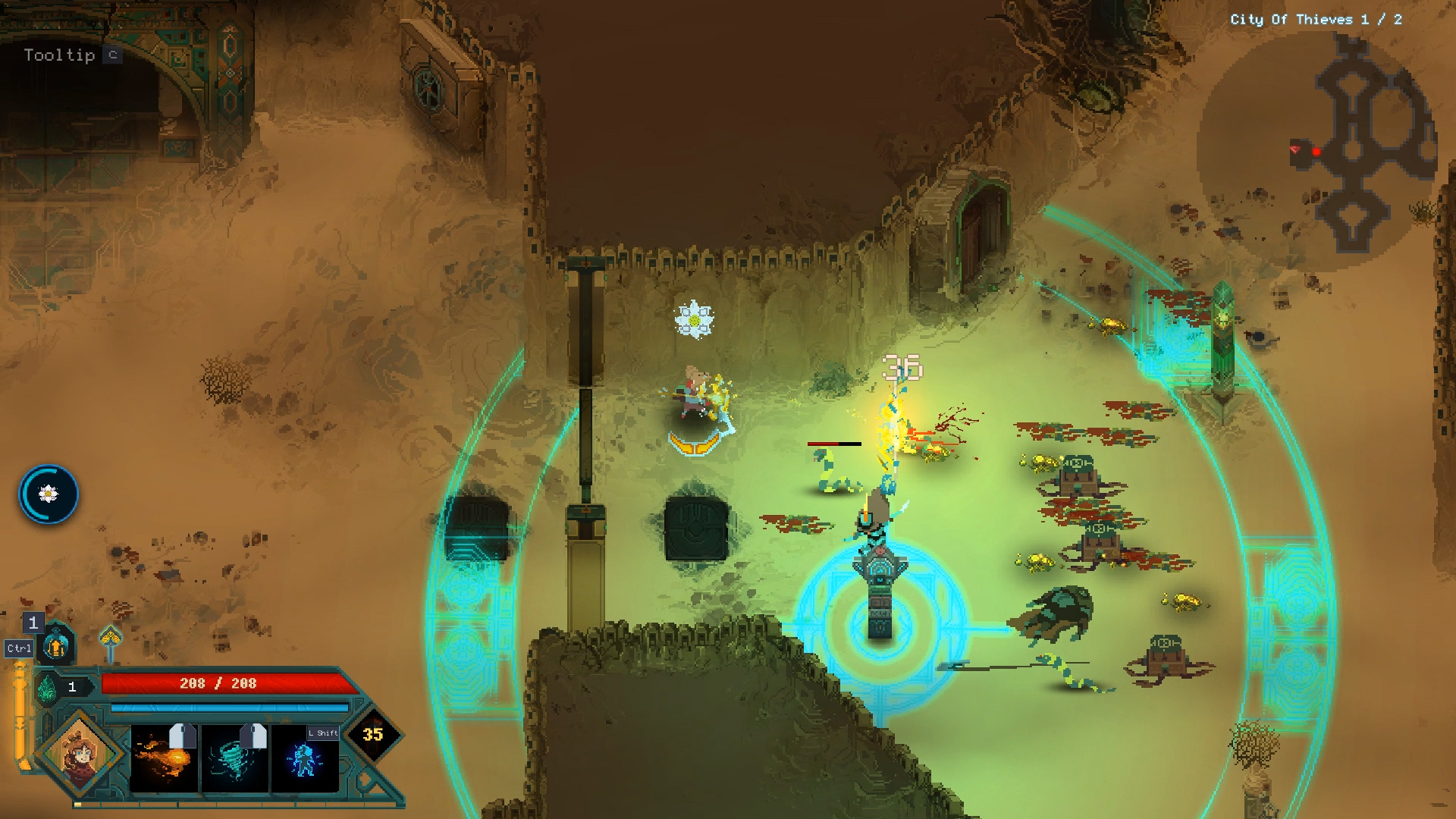
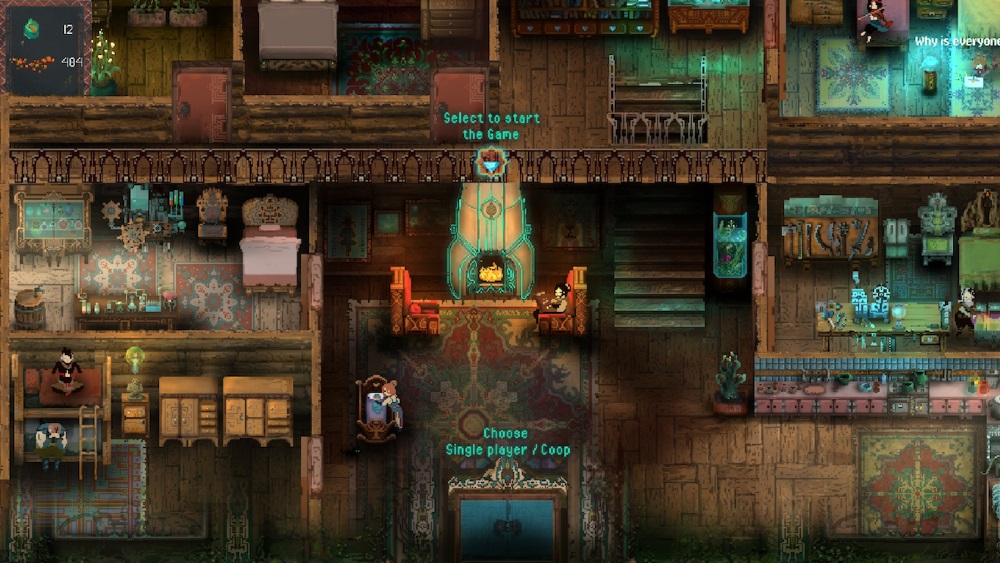
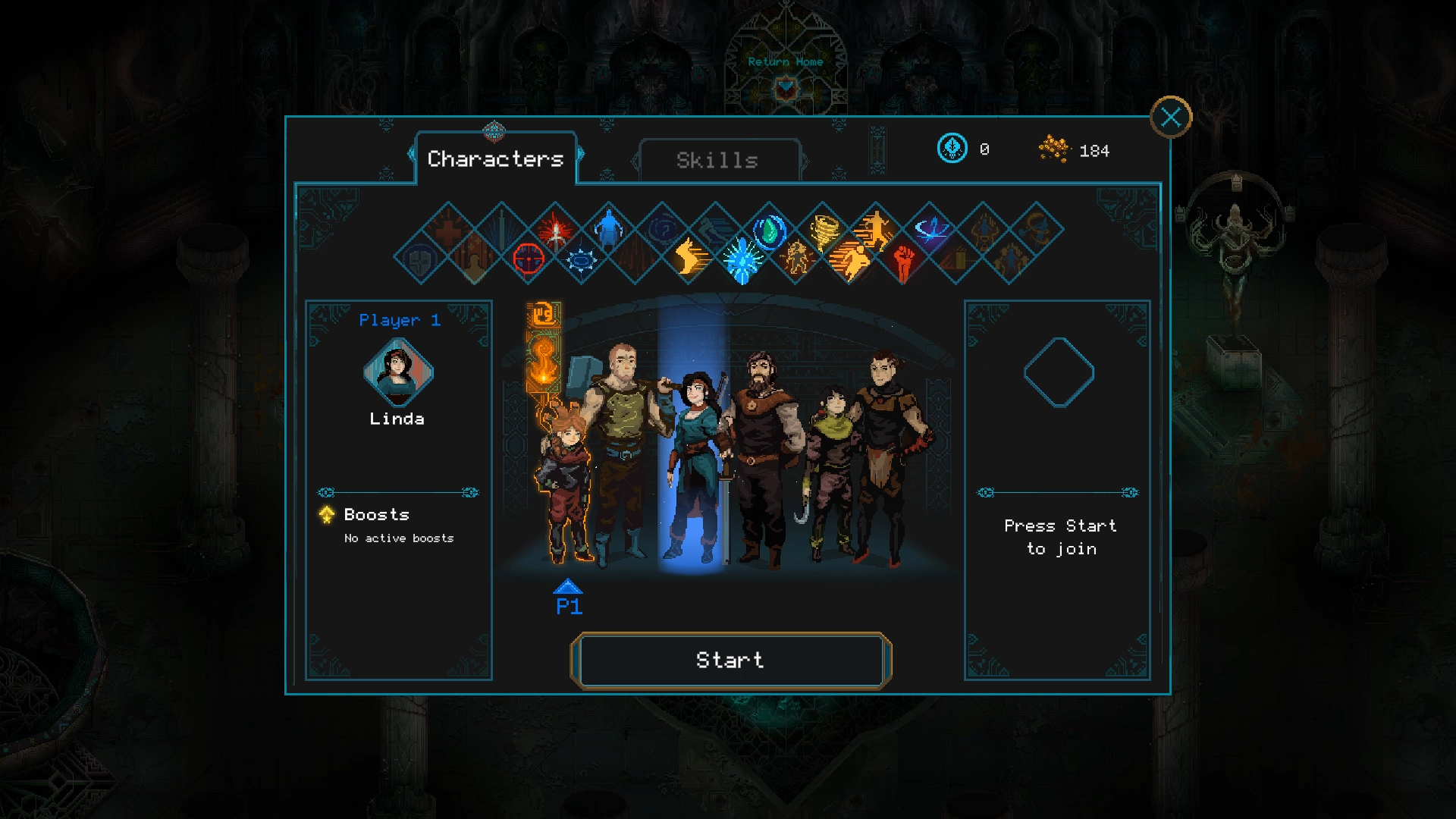
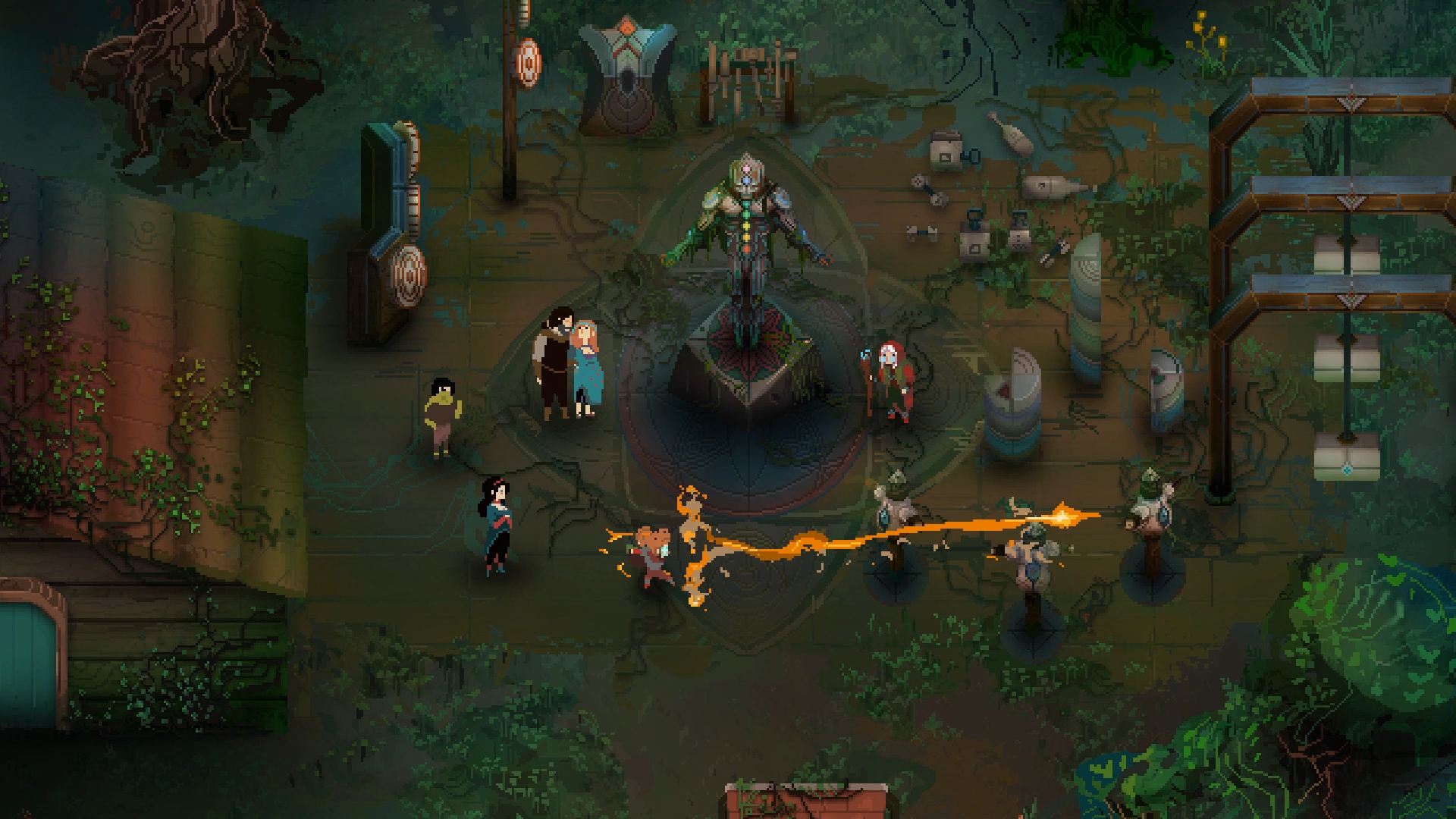





Published: Aug 31, 2019 02:25 pm